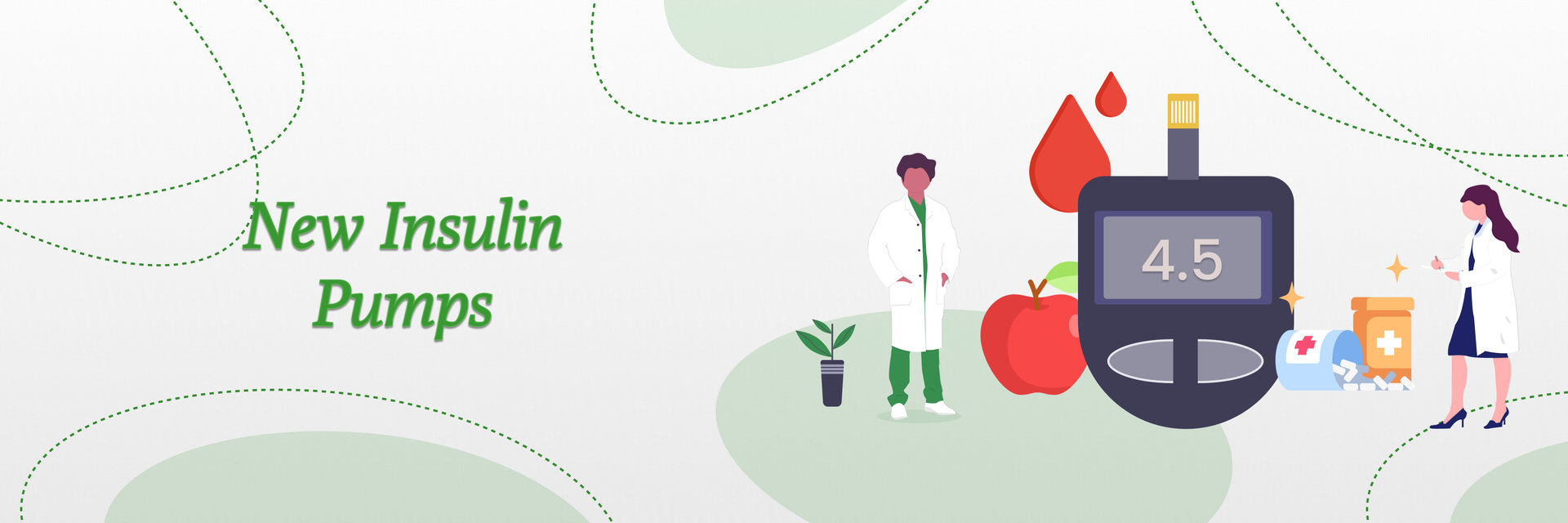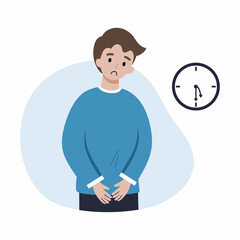Overview
Healing isn’t just about pills or machines. It’s also about how a place makes you feel when you walk in. The smell, the colours, the food, the way light falls across the floor. Every detail tells the body either to relax or to brace for impact. When a space is designed with care, it quietly helps people recover before the treatment even begins.
Light Changes Everything
Most hospitals are lit with those flat fluorescent panels. They’re harsh, they hum, and they wash every bit of warmth off a face. Patients look sicker under them, staff look more exhausted, and visitors last about half an hour before wanting out. It does the job, but it chips away at people slowly.
Natural light is the opposite. It shifts how a whole room feels. It helps the body’s rhythms reset. It makes mornings feel like mornings and afternoons feel like afternoons. It even softens the air. A recovery ward with a big window, even if it’s only looking out onto a car park, is better than one boxed in by blinds. People sense the difference. Their bodies respond to it before their brains catch on.
If a building doesn’t have wide windows, that’s fine. You work with what you have. There are ways to add strips of glass over doorways, or just move furniture so the light isn’t blocked, if the space allows it. These aren’t design statements. They’re small adjustments that make a room easier to be in, and that’s what matters.
Green Spaces That Heal
Plants calm people in ways words can’t. The sight of leaves moving, the smell of something fresh, and even the act of watering can ground you. A waiting room with a couple of big ferns feels different from one with bare corners and glossy magazines. Patients notice it too.
Families linger longer in spaces that feel alive. Staff find themselves less tense when they’re walking past greenery. It’s quiet medicine. It doesn’t need to be fancy. A wall of herbs in little pots or a sunny corner with lavender and rosemary can be enough when the budget prioritises other things. Even a row of succulents on a windowsill is fine. And when a facility can manage it, a proper garden gives more hope, like a good distraction.
Colour and Texture Matter
White walls are clean, but too much white makes a space feel like no one belongs there. A soft green wall or pale blue curtains can make people breathe a little deeper. It’s not about bold paint jobs. It’s about using colours that lower the volume inside a person’s head.
Texture helps too. While it’s not always possible to choose wooden armrests instead of metal, details like these should be the goal. In a children’s ward, a mural of the ocean or animals can shift fear into curiosity. For adults, even just a few prints of local landscapes can do the trick. It’s about reminding people that the world outside exists, and that they’re part of it.
Quiet Is Healing Too
Noise wears people down. When you enter a hospital, all you hear is machines beeping, echoing footsteps, and conversations bouncing off hard walls. After a while, it becomes invisible stress, and patients feel it most. Rest is harder when the background never shuts up. Not to mention that all this cacophony can be extremely anxiety-inducing, even in patients who don’t suffer from life-threatening conditions.
Carpets, acoustic panels, and softer doors are some small changes that can cut the noise. Staff still do their work, but the space doesn’t hum with tension. And when it’s possible, adding calm sounds makes a difference. A gentle playlist in a waiting area is enough. It’s not constant or forced, just enough to remind people that stillness exists. Sometimes silence is the best sound, and it should be protected where it can.
Food Should Heal, Not Just Fill
Hospital food has a reputation, and it’s not good. Bland, beige trays. Meals designed for function, not for comfort. But food is part of healing, too. How can you expect somebody to heal properly if what you’re feeding them isn't fueling or comforting? Cold, bland food like salami or plain veggie soup could be easily replaced with hearty meals like stews and braises that give both fuel and comfort.We should work on key Strategies for Supporting Dietary Behavior also. Change
For visitors, having a cafe with real coffee and a sandwich that isn’t wrapped in clingfilm shows respect. For staff, access to quick but healthy meals keeps energy steady during long shifts. Food is medicine, yes, but it’s also comfort. The two can exist together if a facility puts thought into it.
Space That Feels Personal
A hospital room doesn’t have to strip people of identity. When patients bring in small things from home, like a photo, a blanket, or a favourite book, the room stops feeling so temporary. Facilities can help by allowing shelves, soft lighting, or pin boards for personal notes. It’s a small act, but it tells people they’re seen as individuals, not case numbers.
In shared spaces, community walls with messages or drawings left by other patients can create connections. People in recovery often want to leave something behind for the next person, and a board full of those words can become a source of comfort. Healing isn’t only physical. It’s emotional too, and feeling connected is a huge part of that.
Moving Through Spaces
How people move through a hospital matters. Long, confusing hallways add stress. Cramped waiting areas do the same. A layout that flows naturally, with clear pathways and open corners, makes navigation calmer.
Movement should also be encouraged, not just allowed. A courtyard where patients can take a few slow steps is healing. A shaded bench along a garden path is something to look forward to when all you do is stare at black walls and think about your future. Even a marked walking loop inside for rehabilitation is gold. These small spaces encourage bodies to keep moving, which helps people feel less passive in their recovery.
Technology Without the Cold Edge
Technology is an essential part of modern healthcare; there’s no doubt about that. However, we have to talk about how technology often feels like a barrier. Machines beep, screens glare, and patients feel like they’re talking to software instead of people. The trick is to make tech supportive without making it dominate.
Tablets for video calls with family, lighting systems that dim and brighten in sync with the day, and digital check-in systems that don’t feel like airport kiosks can largely contribute to people’s wellbeing and recovery. All of it can help if it’s done gently. Patients should sense care through the technology, not distance, which is why we need to put more thought into the overall design of healthcare facilities and the systems within.
Tying Back to Community
Hospitals aren’t bubbles. They sit in neighbourhoods, and the more they reflect on those communities, the warmer they feel. Local art on the walls can remind people of the beauty of life. Weekend markets in the courtyard can provide hope. Volunteers who stop by for chats with patients can give patients something to look forward to. These connections stitch the facility back into daily life.
Patients recover better when they feel linked to the world outside. The same goes for the staff, too. They get reminded that their work is part of a larger web of people and stories. It stops the walls from closing in.
Looking After the Carers
None of this works if staff burn out. Nurses, doctors, cleaners, and even receptionists all carry the emotional load as much as the physical. A calm environment for them is just as important, and their well-being should never be neglected.
Equipping staff rooms with soft lighting and real chairs is the first step forward. Access to healthy food, not just vending machines, is also crucial. They should also be provided with spaces to close their eyes for ten minutes. Even small touches like warm paint colours or quiet lounges tell staff they matter. When carers feel cared for, they pass that calmness on to patients without even trying.
Final Verdict: We Need Spaces That Heal, Not Just Treat
Healing environments aren’t built in one sweep. They’re shaped by dozens of choices, including how light comes in, what food tastes like, and whether someone hears a bird song or a machine alarm when they wake up. None of it has to be extravagant. It just has to be thoughtful. When healthcare spaces invite calm, they stop being just facilities. They turn into places where people feel safe enough to rest, to breathe, and to start getting better.
Author BIO: Callum Hewitt is a freelance writer who covers lifestyle, wellness, and everyday living. He often draws inspiration from nature, whether it’s the calm of palm trees or the balance found in simple routines. In his free time, he enjoys traveling, reading, and exploring creative ways to connect ideas with practical







